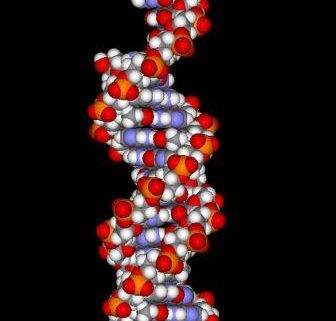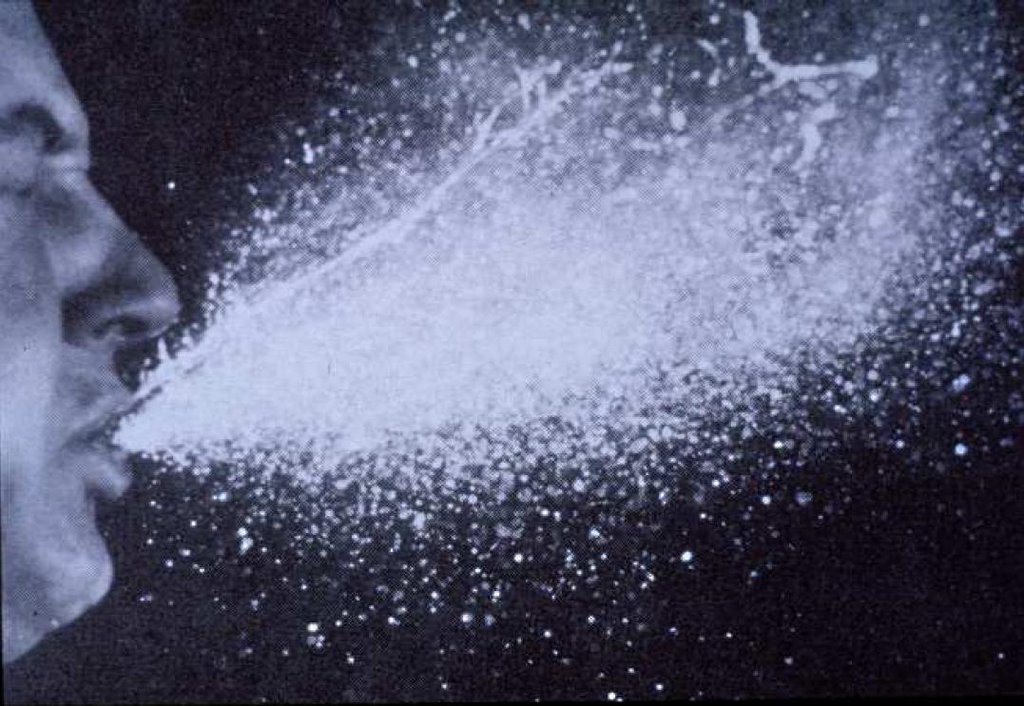DNA: It Ain’t Perfect
DNA is a very reliable science, but it does have its limitations. It also has its share of flaws. Don’t believe me? Then you should ask Jerry Bellamy, a New Jersey man who was arrested and jailed for the decades old rape and murder of 13-year-old Jane Durrua.
In 2004, prosecutors charged Bellamy with the girl’s death after a forensic scientist linked DNA evidence – semen found on the dead girl’s underwear – to him. Bellamy was already serving a prison sentence for an unrelated sexual assault and was about to be released when he was formally charged with Durrea’s murder. The charges were based solely on the DNA evidence found by the scientist.
IN 2006, state authorities realized the lab scientist had handled DNA evidence relating to another case involving Bellamy and the evidence from the Durrua case on the same day, at nearly the same time. This new development raised the possibility that the scientist could have cross-contaminated the Durrua evidence. Therefore, prosecutors had no choice but to drop the charges against Bellamy, and he was released.
Since then, further DNA testing has indicated another suspect in the murder – Robert Zarinsky, a man already serving time for the 1975 murder of Rosemary Calendriello. Bellamy had already spent two years in prison for a crime he didn’t commit.
Robert Zarinsky – AP photo by Jennifer Brown
Testing of DNA found on Jane Durrua’s slip cleared Jeremy Bellamy of her murder.
Other cases of contaminted DNA, mislabeled evidence, and samples that were accidentally switched occur more frequently than you’d think possible. For example, a state lab in California reported that DNA found on a cigarette butt matched the DNA profile of a sexual assault victim from another case. These results could have meant that the assault victim had smoked the cigarette, but was that actually the case? No. The lab technician working the case processed the cigarette butt close to the victim’s vaginal sample. The evidence in both cases were cross-contaminated.
In 2003, a lab scientist somehow contaminated (a sneeze or cough?) a DNA sample with her own DNA profile.
In 2001, the same scientist in the 2003 case above ran a test on a suspect’s DNA and reported the man’s DNA profile didn’t match his own DNA. WHAT???
In 2002, a scientist accidentally mixed two separate samples from two separate cases in one tube.
A huge backlog of cases in our nations labs also contributes to unsolved and reoccurring crimes, such as rape. Why? Because over 400,000 evidence samples are waiting to be tested, but staff and funding shortages are preventing the cases from moving forward. The suspects in these cases remain free, on the streets, to commit additional crimes. In 2008, Los Angeles alone had a backlog of over 7,000 DNA samples waiting to be tested.
There are many more cases such as the ones I’ve mentioned which leads to one conclusion. DNA testing is not perfect. Therefore, should our courts be sentencing people to life in prison, or worse, to death, based upon a flawed system of evidence testing?







You mean like the Texas case of Timothy Cole who died in prison while serving time for a rape he didn’t commit. He was posthumously exonerated for the 1985 crime last February. A second man has now been charged with the rape. He was found guilty based on his confession and DNA evidence recovered from the victim.
Unfortunately, ‘flawless’ won’t happen unless you can take out the human factor (& that is impossible). No one is perfect & mistakes will be made, but like you said checks & balances should be in place to catch as many as possible.
People I’ve worked with over the years have teased me because I run numbers 2 – 3x (I’m an accountant) to be sure the answers I have are correct, but I know when I give someone info, that it is 100% accurate. I realize you can’t run test 2-3x, but practices & procedures should be in place & enforced to insure the accuracy as much as humanly possible. When you think about it, some times, lives are at stake.
DNA isn’t used as often as TV leads us to believe. But when it is used, the collection, testing, and reporting process should be flawless. The technology and equipment is certainly available to do so. Sure, mistakes happen, but there should be checks and balances in place to make certain that no one is treated unjustly.
I guess the use of the word “unjust” is a huge understatement, and also applies to cases where DNA testing wasn’t used to convict. Like the cases of five Virginia men who’ve recently been exonerated of their crimes. Or the Hartford man who served twenty years in prison for a crime he didn’t commit. These cases (and many others like them) are examples of the good that can come from DNA testing that wasn’t available at the time these men were tried and convicted based on faulty evidence.
It seems as if DNA alone certainly shouldn’t be used to convict. I’m sure with as much backlog as there is, too, the labs are under pressure to get results as quickly as possible. That along with what looks to be some sloppy work practices is going to put even good results under suspicion.
Plus no one wants to see an innocent person jailed. I can’t imagine the injustice they must feel, esp. while they are incarcerated, but even after they’ve been released. That sort of thing makes people lose even more faith in the justice system.